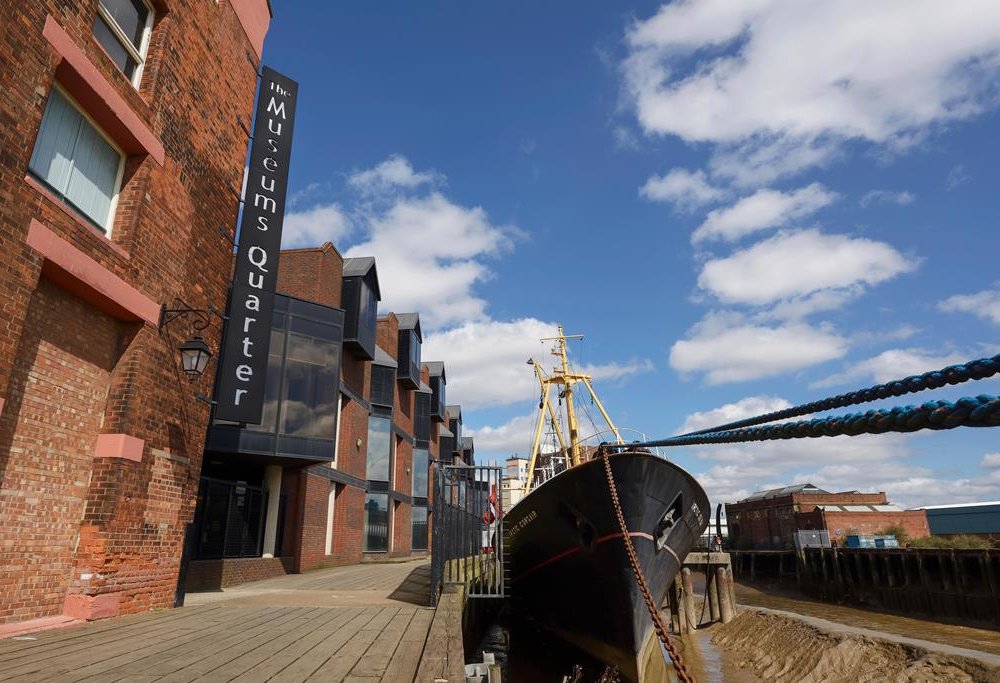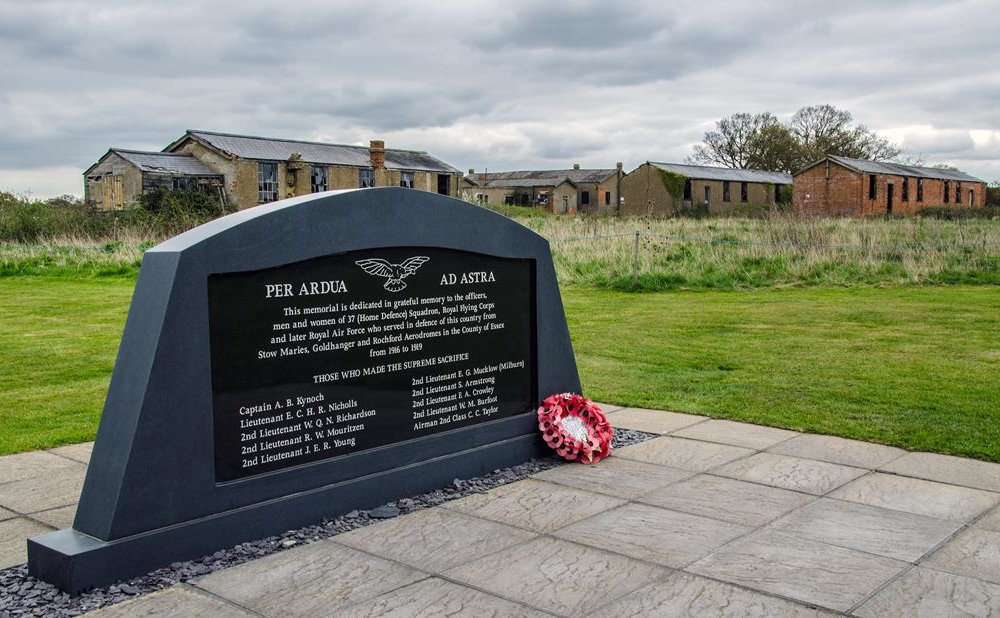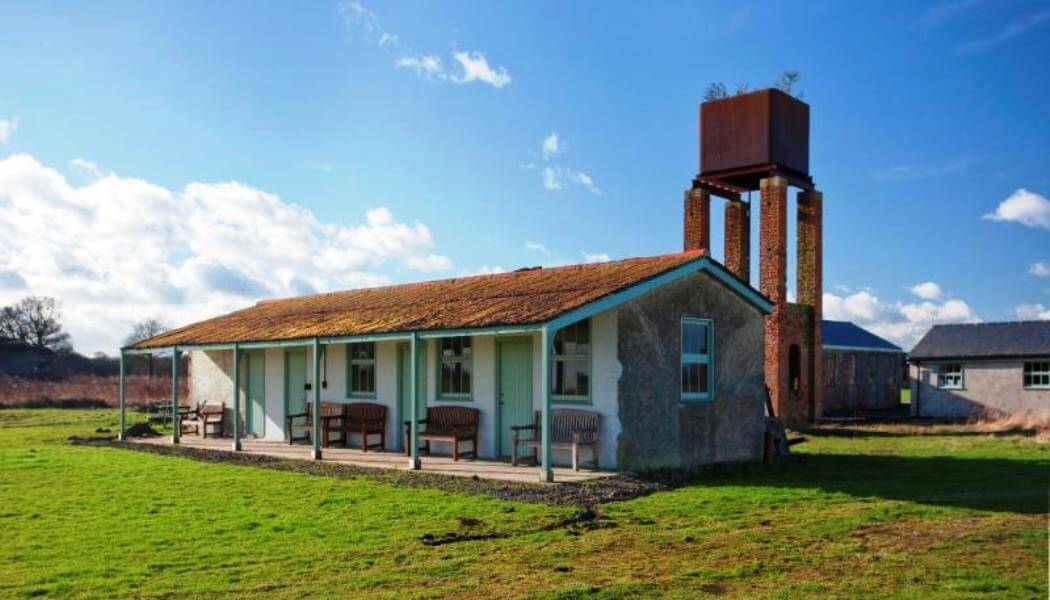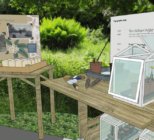1. Do the groundwork
It may sound like a cliche, but preparing for a heritage lottery grant application is all about preparation, it’s not something that can be done on a whim. You wouldn’t run a marathon without training, so why would you try and write a grant application without doing the groundwork?
I always recommend to clients that they begin with a period of self-reflection by asking questions like “What kind of organisation are we?” and “Why now; why this; why us?” at the start of the pre-application stage. Answering these questions at the beginning of the process can bring real clarity of purpose to a project which will stand out in an application.
2. Know your brand and vision
Branding doesn’t just mean your logo or visual identity. Instead, it goes to the heart of your organisation, what do you stand for, and your visitor experience. So, if your organisation just monitors basic information such as visitor numbers, then you may want to take a period of time to start integrating a more robust model of evaluation.
Consider developing a strategic vision statement. This is a description of where your organisation needs to be at a key point in the future. Creating a vision statement can really help to paint a picture for funders of the difference the project will make. It doesn’t have to be long, but it does have to be clear.
Changes to Heritage Lottery Funding
In 2017 HLF will have distributed £305m in grants to heritage projects across the UK, but next year the total will be £190m. This will see a 37 per cent drop in funding.
HLF will not fund new ‘major grants’ (Heritage Grants over £5m) in 2019, so there will be no application deadline in 2018
The reasons for this, say HLF, are: “A range of factors influence our plans, including a reduction in National Lottery receipts [ticket sales] after some historically high years, and following a planned period of reducing our reserves, by awarding more in grants than we received in income.”
Deadlines for other grants:
- Heritage Grants (up to £5m) and Heritage Enterprise
16 August 2018 - Resilient Heritage (£100,000-£250,000)
27 September 2018 - Resilient Heritage (up to £100,000), Sharing Heritage, Our Heritage, First World War: then and now and Young Roots
18 January 2019
3. Think beyond funding
When undertaking a major project, look beyond the immediate financial need for your capital works. Consider how your heritage project can generate an income for the future. Be ambitious, look at possibilities beyond catering and retail, and think about unique and innovative activities that can help the organisation be more financially sustainable. Remember that grant funding alone is not sustainable. The most sustainable model of income generation is engaged audiences.
4. Understand audience engagement and development
Think about how you are going to allow the voices of your audiences to be heard through your project. One way of doing this is to involve audiences early on in a co-production capacity, where their influence grows as the project progresses. You can also use segmentation tools such as the Audience Agency’s ‘Audience Finder’ to help understand the motivations and choices behind different types target audiences.
Make sure your audience engagement strategy is targeted, specific, and built on existing engagement. This will be much easier if you have already begun the process of co-creation with audiences and undertaken a period of detailed visitor analysis.
5. Design an effective project strategy
When designing any kind of project, be prepared for ‘bumps in the road’. If you’ve worked in the heritage sector for any amount of time, you will know that no project journey is complete without a few u-turns, potholes, diversions or dead ends.
Funders want to see that applicants have thought about the challenges and setbacks they may face, and have a strategy to overcome them. The project strategy should be a live document which is regularly updated. Putting in the extra work to include a project strategy in an HLF application will make your project stand out.
Case Study
Hull: Yorkshire’s Maritime City – £15m Heritage Grant

An excellent example of how early project planning can have excellent results is the “Hull: Yorkshire’s Maritime City” project. This ambitious, city-wide project looks at developing the cultural identity of Hull. Tricolor led on the bid management, consultation delivery, audience and learning strategies, as well as undertaking the business plan and fundraising strategy and historic ship statements of significance.
The planning for this project took over one year and included a detailed planning and risk management h. The level of detail undertaken as part of this plan helped mitigate the risks associated with Major Grant funding, resulting in a successful grant of £15m from HLF.
6. Be aspirational and innovative, but realistic about costs.
Funders want to be excited by the new ways your project will engage audiences and meaningfully impact on local communities. Use your vision strategy to create a long-term plan that is exciting and innovative. We recommend that organisations use the Association of Independent Museum’s “Hallmarks of prospering museums” to help develop inspiring project plans. This a very easy framework for analysing your heritage business and considering how to make it more robust and impactful in the future.
Don’t forget that funders have to protect their investment. For lottery funding, this is public money and needs to be spent in ways that will be meaningful, but where risks are managed. Whilst they want to fund innovative heritage projects, they want to see a realistic and sensible budget.
It is highly unadvisable, indeed nearly impossible, to go back to funders and ask for more money, so create an accurately costed budget before making a Round 1 application.
Use a quantity surveyor and consultants to accurately cost budgets, by getting quotes before your Round 1 application, this will help you in the long run. If the internal budget won’t stretch to external help, search funder’s websites for other case study projects of a similar size and scale and reach out to them.
Case Study
Stow Maries Great War Aerodrome – £4.3m Heritage Grant

A First World War aerodrome, Stow Maries is an exciting case study because of the ambitious project that secured a £4.3m grant from HLF to renovate at risk buildings and ensure financial sustainability.
Tricolor worked with Stow Maries to develop a Masterplan for the site, as well as undertaking the business plan, fundraising strategy, consultation and audience strategy as well as interpretation vision. To achieve this, we designed a phased process of development for the site to ensure sustainable growth. We also recommended an action research approach, where the team constantly test new approaches as they are being developed. This allows for quicker responses to changing markets or visitor expectations.
7. Understand competitive matchfunding requirements
When applying for HLF funding, there is a minimum amount of total project costs that organisations are expected to raise through matchfunding.
For grants < £1m = at least 5 per cent matchfunded.
For grants > £1m = at least 10 per cent matchfunded.
However, check the minutes of your regional HLF Board and look at successful grant applications. You will see that many of these successful applications are committing to matchfund significantly more than 5 per cent or 10 per cent. It is now common to see matchfunding as high as 50 per cent of total project costs for more significant grant applications. HLF want to see that their grant will not be the sole source of income.
8. Deadlines have changed and Strategic Framework 4 is coming to an end
HLF, like most funders, are driven by strategic priorities to ensure that their investment is achieving the right outcomes as defined in their Strategic Framework. Since 2013, Strategic Framework 4 has been in place which focuses on Outcomes for Heritage, People and Communities. This is now under review and a new Framework is expected in 2019. As a result the application deadlines have changed and no Major Batch (£5m+) applications will be accepted in Nov/Dec 2018. Also no grants will be allocated for over £100,000 between January 2019 – March 2019.
This means a number of things:
Major Batch
- If you were intending on asking for more than £5m, you should meet and discuss with HLF immediately either a phased approach to your applications, making them a smaller ask and;
- Consider waiting until the new Strategic Framework is in place in 2019 to understand the new priorities of the funder.
All other applications
- If you were intending on applying for funding between Sept 2018 and Spring 2019, you will either have to bring your application forward or delay it until after the new Framework is announced. Talk to your regional HLF office about it first and foremost.
- If you decide to put in before Sept 2019, your bid will have to be extremely competitive as there will be plenty of other applicants doing the same thing. Consider talking to experts such as Tricolor to help you design a robust project and successful application.
- Certain funding programmes are closed like Parks for People, Landscape Partnerships and Townscape Heritage and being combined into the Our Heritage and Heritage Grant funding pots. Be sure to look at the open programmes and consider how this may impact on your project.
To find out more about the changes coming up visit the HLF website.
9. Book a free Tricolor workshop
Tricolor works with art, museum and heritage organisations of all shapes and sizes, supporting them in the creation of activity plans, audience development plan, interpretation strategies and design, business plans and HLF applications. We understand the challenges faced by heritage organisations as well the complex requirements of funders.
We want to help more organisations achieve HLF Funding, and are offering a free planning session to readers. Just quote the code MHFUNDING, when enquiring through our website.
To find out more about Tricolor and the work we do, follow us on Twitter @TricolorHeritag and Facebook – @TricolorAssociates.
10. Talk to your funders
As mentioned above, the number one thing we recommend is talking to your regional office to understand more how your application may be affected by the funding changes. To do this, you will likely have to submit an EOI Form – an Expression of Interest form, which will give you a reference number and open up the conversation and start you on your incredible journey!
This blog is based on a webinar by Sarah Dowd, Managing Director of Tricolor, for the Institute of Fundraising, 24 September 2017.











